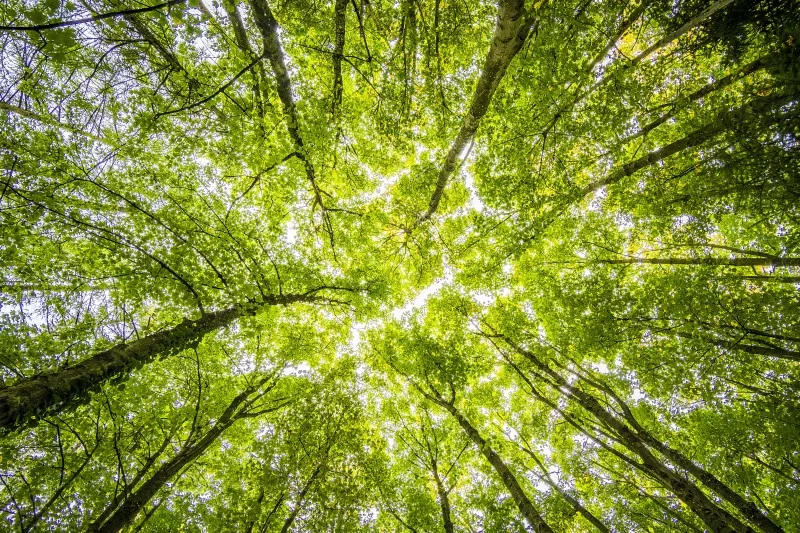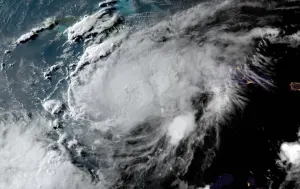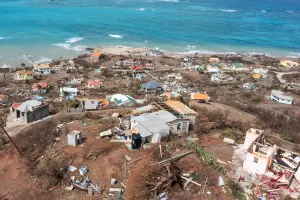
Apparently, trees know how to social distance too
When you gaze upwards in the middle of a forest, you might notice breaks in the canopy; you’ll see branches and leaves stopping just shy of the neighbouring tree and a sliver of sky.
This spectacle is called crown shyness, and it’s a tree’s way of social distancing to keep itself healthy, according to Meg Lowman, a tree canopy expert and director of TREE Foundation.
The canopy leaves cluster near the top of the tree–Lowman likens their shape to a lollipop. Since trees compete for sunlight and water, it’s important that they position their canopies strategically, to “maximize the success” of their leaves.
Having some distance between treetops lowers the chance of a tree losing its leaves—which are important vectors for sunlight and water—by brushing against neighbouring trees. The distance also curbs the spread of harmful insects and disease.

“Tree diseases range far and wide,” Lowman says. “Some are dispersed by insects, some are the insects themselves, creating an epidemic in the canopy.” Just as staying at home minimizes human exposure to diseases like COVID-19, by isolating themselves, trees can avoid getting sick.
While crown shyness is mostly observable in tropical trees, the same lessons are applicable for other trees, like evergreens. Trees that have more space grow bigger and healthier.
Tree owners should extend the same care to trees as they would to a rose garden. “You want your specimens to be healthy,” Lowman says. Healthy trees cost less to maintain, provide better shade, and clean water more effectively, for example. “The healthier the forest, the better off the owner will be.”
If a tree has succumbed to insects or disease, Lowman says it’s important to consider what is at stake before cutting down a tree: “We might lose a lot of native species in our backyard, our community, or our ecosystem. Trees let insects forage in them, birds nest in them, and epiphytes live in them,” she says. Moss grows on trees and small mammals live in their hollows. “Trees are the ultimate support.”
“We can learn from trees,” Lowman says. “To be good neighbours, to be good citizens, and to always have that beautiful bow available to people or biodiversity that might need us too.









